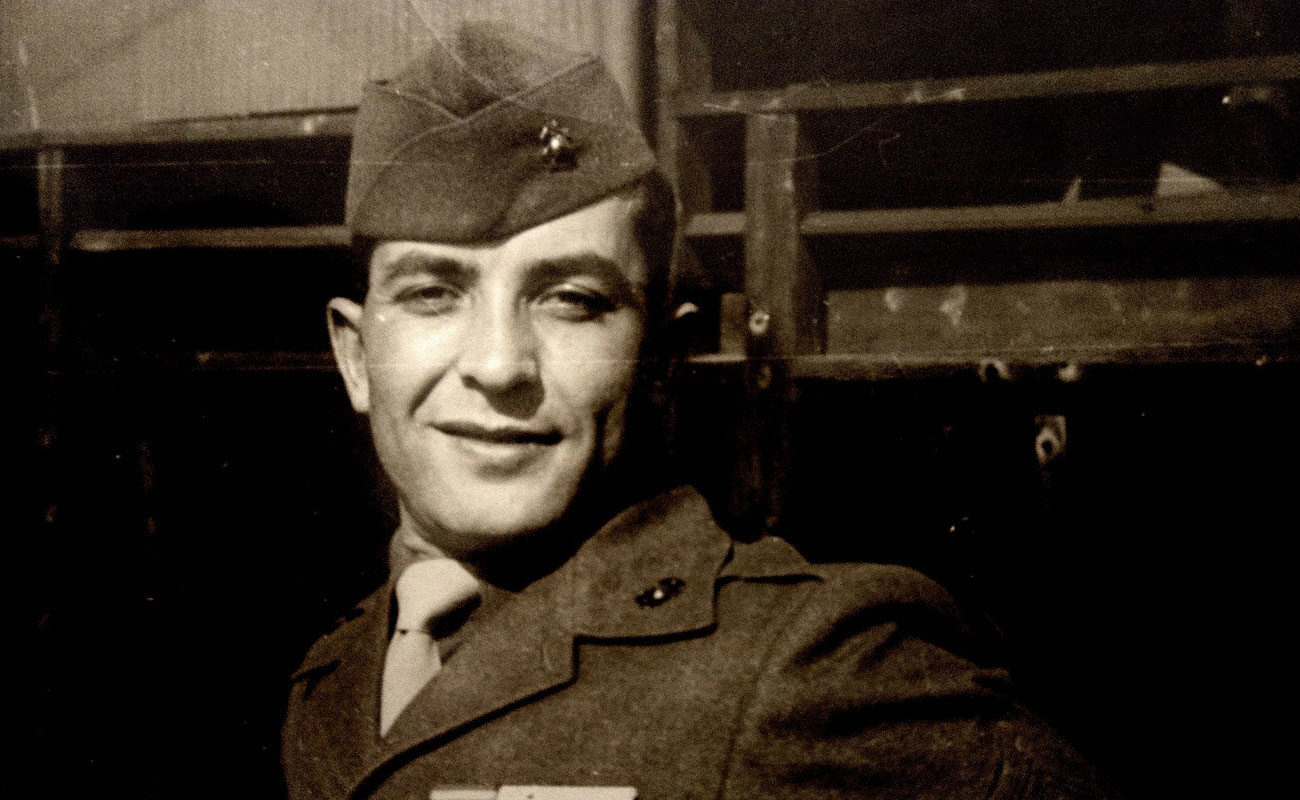Vicente Granados: from Zamora to Morón
The story of this person born in Villamayor de Campos, in the Tierra de Campos district of Zamora province (Northern Spain), on March 3rd, 1926, is both peculiar and exciting. Since an early age, it was apparent that he was a restless kid, fond of reading, particularly the stories of El Coyote, fictional novels written by a Spaniard in the

The story of this person born in Villamayor de Campos, in the Tierra de Campos district of Zamora province (Northern Spain), on March 3rd, 1926, is both peculiar and exciting. Since an early age, it was apparent that he was a restless kid, fond of reading, particularly the stories of El Coyote, fictional novels written by a Spaniard in the 1940s which were very popular in those years, instilling in the young reader an adventurous spirit. Even as his family didn’t experience extreme poverty (his father being a blacksmith, an occupation in high demand in those days), he soon felt an intense desire to seek adventure, incited by his readings and a strong urge to leave his town and try his luck elsewhere, always aiming towards California and the legendary adventures of El Coyote, having a firm commitment to live a better life than the bleak one he would have if he remained in Tierra de Campos, where misery had started to become unbearable, like in may other towns in Spain at the time.
After a brief period working in theater, having joined a travelling troupe, and a short stint in Madrid, he was conscripted in 1946, joining the Navy and being assigned to the navy headquarters in Cádiz, where he started his military period sailing in the Spanish Navy hydrographic ship Malaspina, which was mainly tasked to explore, map and measure the ocean’s depths. Such was his life until August 18th, 1947, when he was seriously injured in the so-called Cádiz Explosion, when about 1600 explosives from the Spanish Civil War and Second World War stored in the base’s munitions depot exploded almost simultaneously, for reasons not yet clear, causing the greatest catastrophe in Cádiz memory since the tsunami of 1775. The official number of casualties was 155 dead and over 5000 injured, although the actual numbers are believed to be much higher. For this reason, Vicente was discharged from the Navy.
After some work in Cádiz, he left for Tenerife with a friend, where they sneaked into a merchant ship bound to Buenos Aires as stowaways, although they were discovered in the high seas and detained until their arrival in Buenos Aires, where they were going to be handed to the police. Yet, near the port, both jumped into the sea, although only Vicente was able to reach the shore swimming. With the help of fellow Spaniards in the city, he managed to join the Merchant Navy. In 1950, when he was 24 years old, in one of the regular trips of the shipping company, he disembarked in a stop-over in New York and never returned to the ship, always dreaming about trading his adventurous life for a more stable one in the Big Apple, the city where every artist wished to live.
However, things didn’t go according to plan. He was detained, meant to be extradited to his country of origin. Yet, he was offered the opportunity to enlist in the American Air Force and take part in the Korean War, which had just started. Vicente didn’t think it twice. Wishing to escape Spain’s misery, he enlisted and was assigned to an US Air Force base in Japan from where aircraft were sent to bomb their targets. Vicente lived there for the three years that this conflict lasted until the armistice agreement was signed. Back in the USA, he was promoted to sergeant and granted American citizenship, continuing to serve in the Air Force and being assigned to the San Diego air station in California, in this way fulfilling his life-long dream of going to the land of El Coyote.






